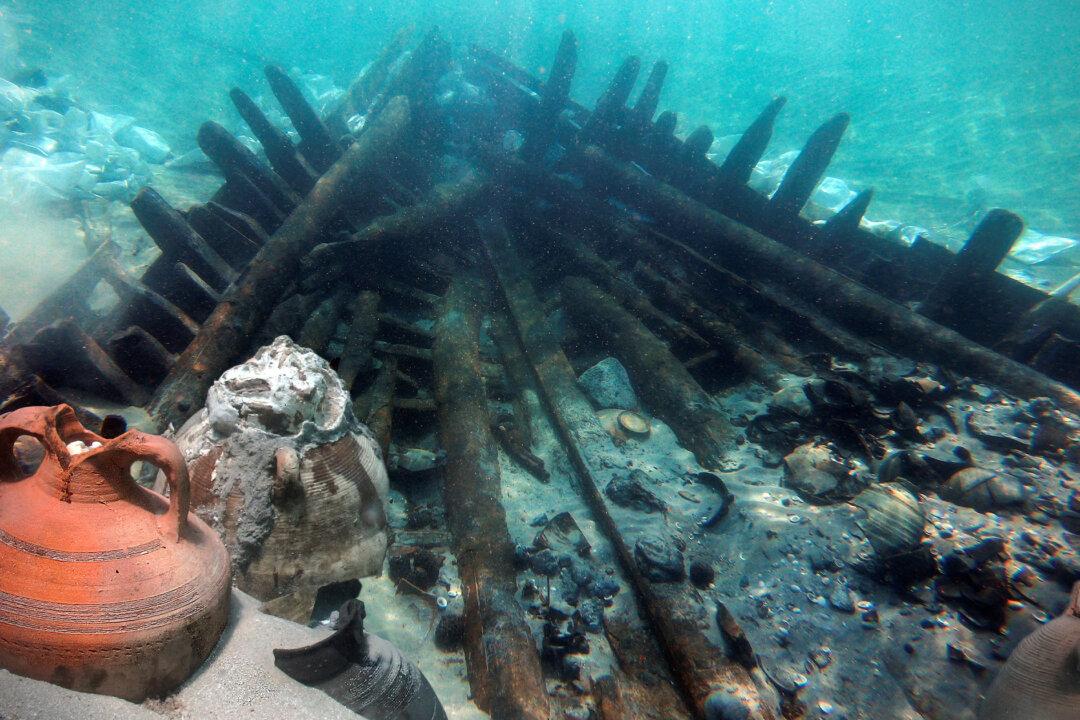A Byzantine-era shipwreck found off the shore of Israel, loaded with cargo from all over the Mediterranean, reveals that traders from the West came to port even after the Islamic conquest of the Holy Land, researchers say.
A surprise storm? An inexperienced captain? Whatever the reason, the merchant ship, made from fir and walnut trees and carrying containers with delights from far-off lands, sank more than 1,200 years ago in the shallow waters off what is today the Israeli coastal community of Ma'agan Michael.






